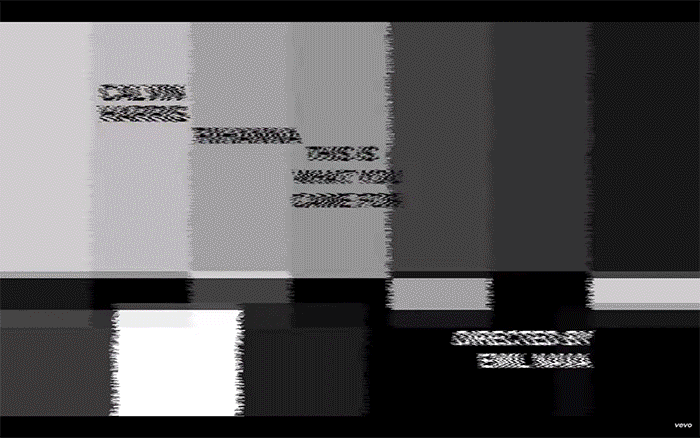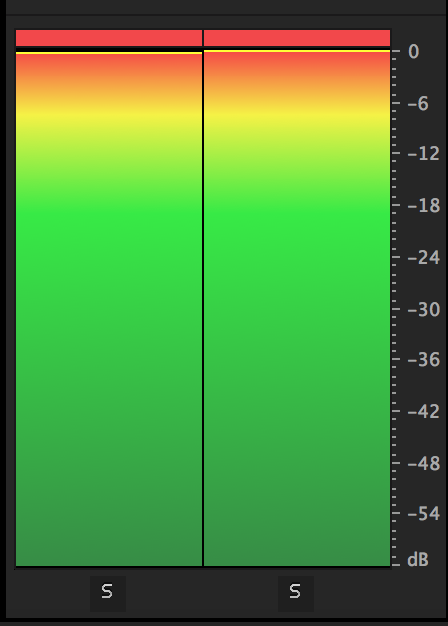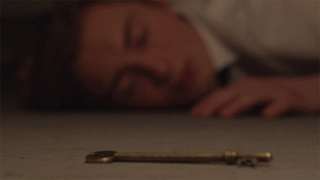Preliminary Lip Sync Exercise
For our preliminary task, we created a short music video to Meghan Trainor's All about that Bass, which is a quirky upbeat and catchy tune. We chose this song as it was popular with easy lyrics and an easy to perform to. In the studio, we had 3 backdrops set up. A green screen with a red sofa, a white wall with 3 colourful neon lights, and a black wall with a fireplace. In preparation for this, we assigned each other roles within our group. We would alternate between a camera man, a performer, and a camera assistant/dolly grip. We also had a clapper and a floor manager present. After various takes on one backdrop, we'd all switch to another and use another camera for that setting.
In post-production, we use different methods of editing that are used in music videos. This includes rhythmic editing, in which there is a relationship between the cutting of the takes and the rhythm of the song. In Trainor's song, she has a clear beat of the drum so it was easy to cut to that particular rhythm. We also learnt to consider the pace and style of the song, it is an upbeat and therefore quick moving and happy song. This affects our editing in terms of shorter shot durations and more diversity in shots to connote that movement, happiness and pop style to the audience.
Before getting into the rhythm editing, we synced the takes up to the audio track. We did this by using the timecode from the Ipad clapper and matching it with the clapper shown on the takes. With the takes where the clapper wasn't present, we used the sound of the second drum to match the beat. In particular, I looked out for the volume of the take and used the arrow keys to find the peak volume.
What went well was the rhythm editing, I particularly had trouble syncing and cutting on the beat at 0:41. However, this turned out well due to my hand matching the beat as part of the mise-en-scene. This therefore allowed me to cut on that beat, which taught me that performance and editing work together and we therefore must try and visualise our music videos before production.
However, what didn't go so well was our selection of takes. We didn't add that third element required to create a dynamic and engaging music video, which in this case, was a bigger variety of people. We only used people in our group and a few takes of another group. In the future, we will make sure to make full use of the selection we had, in order to create a more interesting video for the audience
Overall, I think we created a successful preliminary task and learnt about the symbolic and technical conventions of a music video. Technical conventions include shot type and using the dolly for motion, whilst symbolic include direct address to the audience as for our thriller's, the performer avoided eye contact with the camera. The purpose of the music video is to promote the artist campaign or even perhaps synergise with other brands. A particular brand that had popped up regularly includes Beats Pill, which is similarly promoting their campaign. I think this task has significantly helped us to explore the different conventions and purposes of music videos, and how they are successfully executed.












0 comments